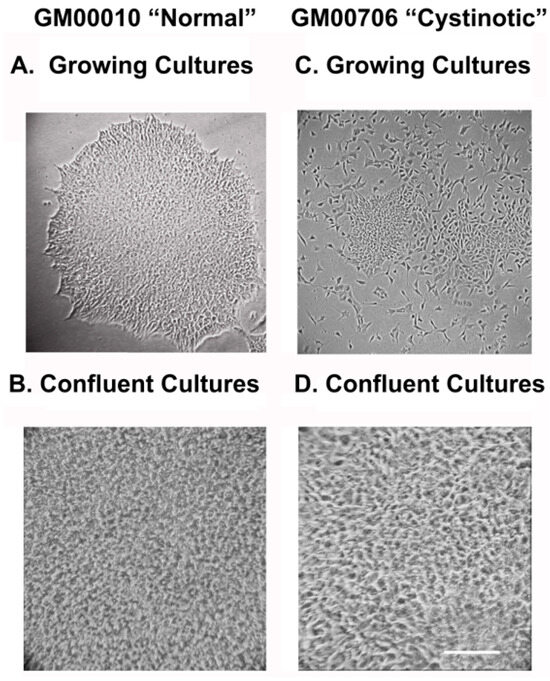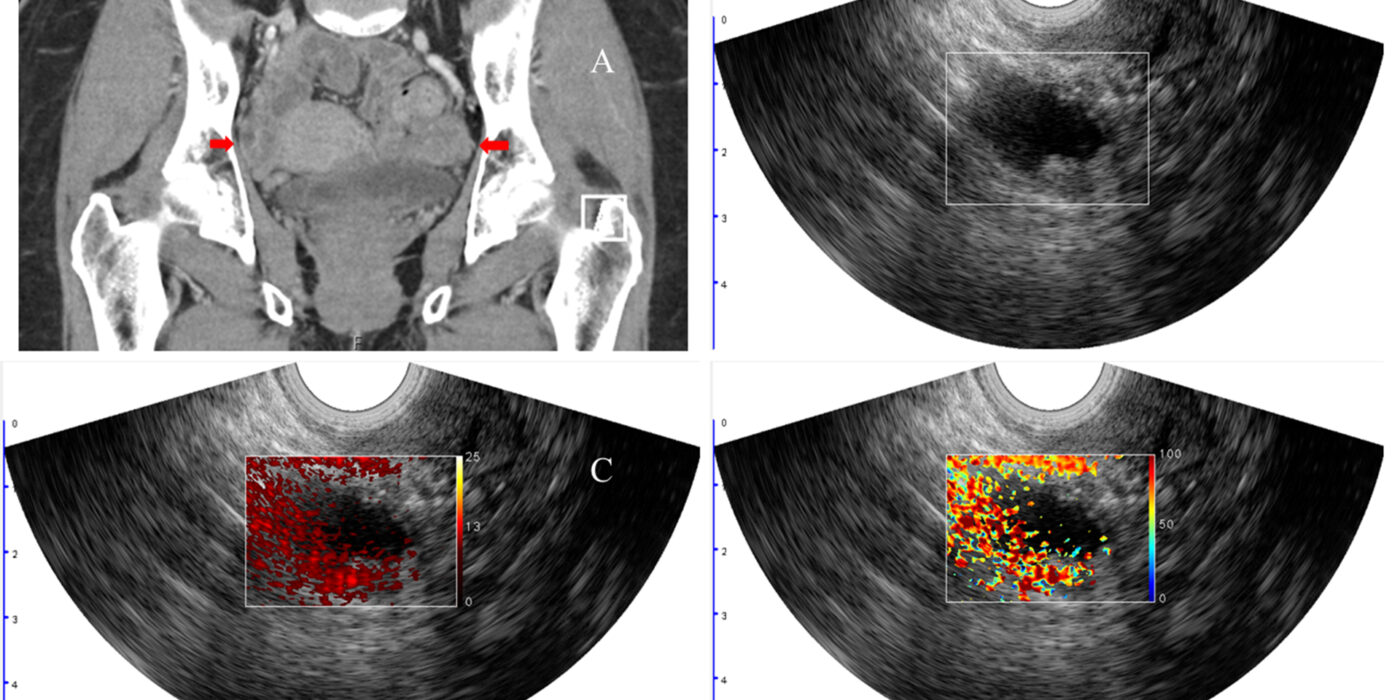2023-12-07 バッファロー大学(UB)
◆研究者は、CRISPRゲノム編集技術を使用して、疾患のメカニズムを修復し、潜在的には治療できる可能性があることを明らかにしました。これにより、現在の最も有効な治療法である腎移植が不要になるかもしれません。
<関連情報>
- https://www.buffalo.edu/news/releases/2023/12/Stem-cells-infantile-cystinosis-kidney.html
- https://www.mdpi.com/1422-0067/24/23/17004
ヒト人工多能性幹細胞を用いた研究で、CTNS変異が腎近位尿細管分化を変化させることが判明 Studies with Human-Induced Pluripotent Stem Cells Reveal That CTNS Mutations Can Alter Renal Proximal Tubule Differentiation
Ramkumar Thiyagarajan,and Mary Taub
International Journal of Molecular Sciences Published: 30 November 2023
DOI:https://doi.org/10.3390/ijms242317004

Abstract
Cystinosis is an autosomal recessive disease resulting from mutations in ctns, which encodes for cystinosin, a proton-coupled cystine transporter that exports cystine from lysosomes. The major clinical form, infantile cystinosis, is associated with renal failure due to the malfunctioning of the renal proximal tubule (RPT). To examine the hypothesis that the malfunctioning of the cystinotic RPT arises from defective differentiation, human-induced pluripotent stem cells (hiPSCs) were generated from human dermal fibroblasts from an individual with infantile cystinosis, as well as a normal individual. The results indicate that both the cystinotic and normal hiPSCs are pluripotent and can form embryoid bodies (EBs) with the three primordial germ layers. When the normal hiPSCs were subjected to a differentiation regime that induces RPT formation, organoids containing tubules with lumens emerged that expressed distinctive RPT proteins, including villin, the Na+/H+ Exchanger (NHE) isoform 3 (NHE3), and the NHE Regulatory Factor 1 (NHERF1). The formation of tubules with lumens was less pronounced in organoids derived from cystinotic hiPSCs, although the organoids expressed villin, NHE3, and NHERF1. These observations can be attributed to an impairment in differentiation and/or by other defects which cause cystinotic RPTs to have an increased propensity to undergo apoptosis or other types of programmed cell death.


